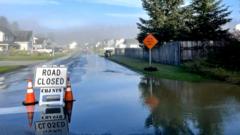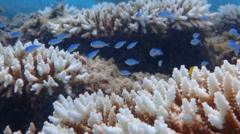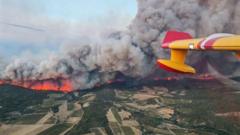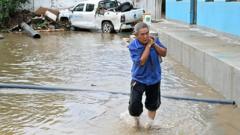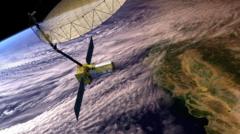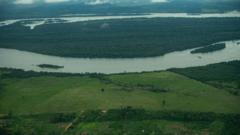A recent study published in Science Advances reveals that humans have visually explored only about 1,470 square miles, or 0.001%, of the deep ocean floor, prompting a call for more research on this largely untouched environment amid ongoing debates about seabed mining.
Unexplored Depths: Study Reveals Tiny Fraction of Seafloor Documented by Humans

Unexplored Depths: Study Reveals Tiny Fraction of Seafloor Documented by Humans
New research finds that only 0.001% of the deep ocean floor has been visually recorded, sparking calls for exploration before potential seabed mining.
Humans have visual records of merely 1,470 square miles—roughly the area of Rhode Island—of the deep seafloor, according to a recent study published in the journal Science Advances. This revelation comes against the backdrop of discussions among nations related to the potential industrial mining of the seabed for crucial minerals.
The report, led by marine biologist Katy Croff Bell, highlights a significant lack of understanding about the deep sea, with Bell emphasizing the need for more exploratory research to make informed decisions regarding extraction activities. “More information is always beneficial, so we can make more informed and better decisions,” Bell remarked, referencing her work as the founder of the Ocean Discovery League, an organization advocating for ocean exploration.
As climate change and anthropogenic impacts continually affect ocean ecosystems, understanding the deep sea is crucial. Bell is also excited about the scientific exploration potential, stating, “You can just imagine what’s in the rest of the 99.999 percent.”
The visual documentation of the deep seafloor began with submersibles like the Trieste in 1958 and the Alvin in 1960, which have allowed scientists to discover new organisms and observe ecological interactions within these environments. The under-researched ocean depths remain compelling territories for exploration, underscoring the intrinsic allure of marine science.


